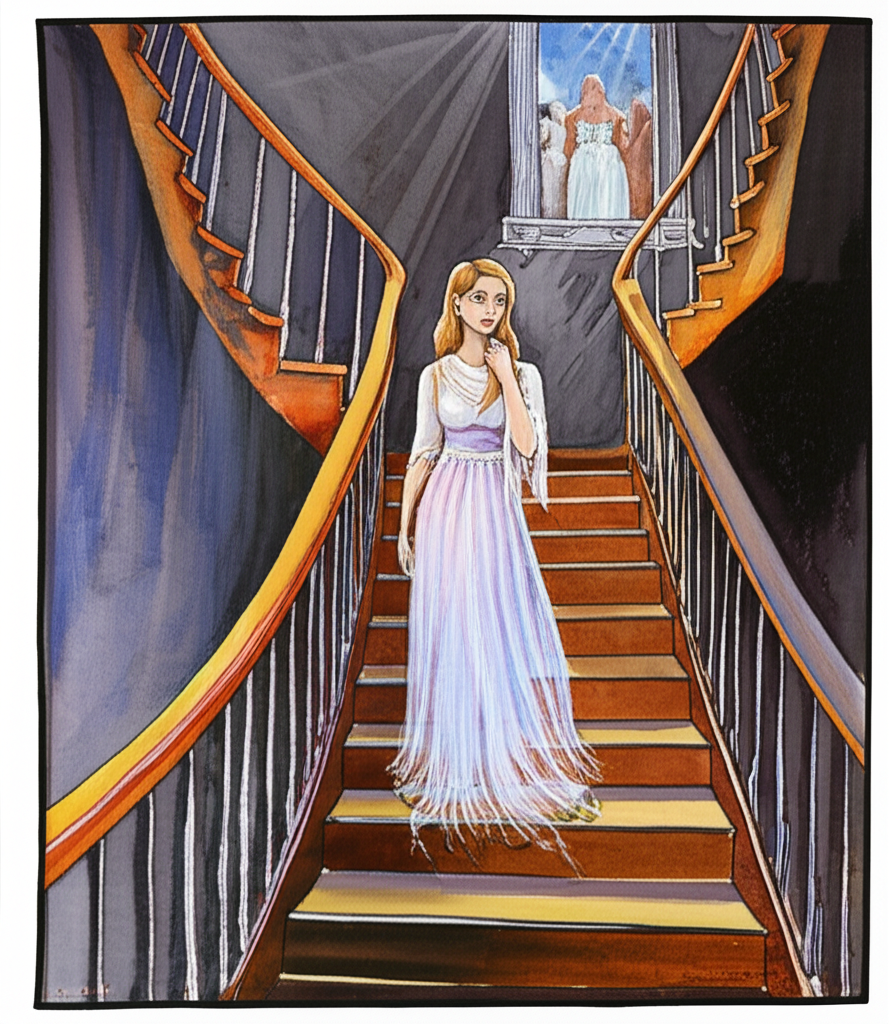
The belief that it is bad luck to pass someone on a staircase is a long-held superstition, the observance of which would create significant logistical challenges in modern public spaces. While a quick crossing of fingers or a held breath may suffice to ward off potential misfortune today, the origins and historical context of this superstition reveal a deeper connection to spiritual beliefs and practical concerns.
The association between stairways and the spiritual realm gained prominence in the mid-nineteenth century. During this era, the veil between the living and the spirit world was perceived as thin, despite rising atheism. Belief in the afterlife and the potential for restless spirits to manifest among the living was widespread. Ghostly apparitions frequently appeared on staircases in accounts of hauntings, with spectral figures, often women in white or the ghosts of children, reported on the steps. This association likely contributed to the heightened sensitivity surrounding interactions on stairways.
Cultural beliefs further intertwined with the superstition. One old English rhyme, passed down through generations, cautions against passing on the stairs, claiming that one might inadvertently encounter an angel. This reinforces the notion that staircases were considered liminal spaces, potentially inhabited by supernatural beings.
However, the superstition may also stem from practical considerations. Early staircases, particularly those found in fortified medieval castles, were often narrow. Passing another person on such a narrow staircase could expose both individuals to a vulnerable position, making them susceptible to attack from behind. Furthermore, these stairways were often designed with ‘stumble steps’ – steps intentionally made with varying heights to impede attackers ascending them. The precarious nature of navigating these staircases may have inadvertently contributed to the belief that encountering another person on them was inherently unlucky.
Intriguingly, earlier stairway folklore held contrasting views. In the sixteenth century, stumbling while ascending a staircase was considered a fortunate omen, particularly for those seeking marriage, signifying a wedding in the household. Conversely, stumbling while descending remained a portent of misfortune. This duality is reflected in Restoration dramatist William Congreve’s 1695 play, Love for Love, where a character laments stumbling downstairs and encountering a weasel, both considered ‘bad omens’.
In contemporary society, the practical implications of avoiding others on staircases render strict adherence to the superstition nearly impossible in many settings. The modern interpretation of this superstition, therefore, often involves symbolic gestures aimed at mitigating any potential negative consequences, such as crossing fingers or holding one’s breath. While the original beliefs rooted in spiritual connections and physical dangers may have diminished, the persistence of this superstition speaks to its enduring presence in cultural folklore.